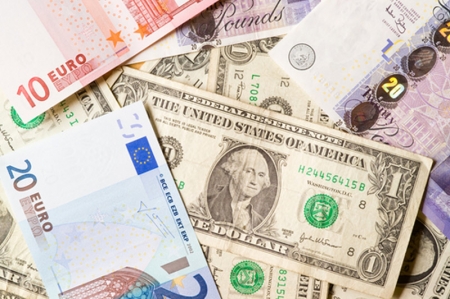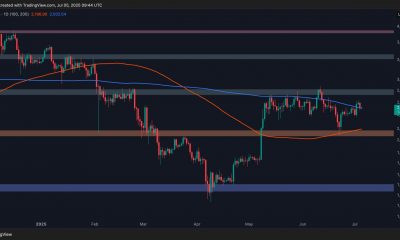Forex
Asia FX muted, dollar recovers as markets look to slower rate cuts

Investing.com– Most Asian currencies moved in a tight range on Tuesday, while the dollar extended overnight gains as traders positioned for a slower pace of interest rate cuts in the coming year.
Trading volumes were muted before the Christmas break, while most regional currencies were nursing steep losses against the greenback for the year.
Asian currencies weakened sharply last week after the Federal Reserve effectively halved its outlook for rate cuts in 2025, citing concerns over sticky U.S. inflation.
Dollar near 2-year high on hawkish rate outlook
The and both rose about 0.1% in Asian trade, extending overnight gains and coming back in sight of a two-year high hit last week.
While the greenback did see some weakness after data read lower than expected for November, this was largely offset by traders dialing back expectations for interest rate cuts in 2025.
The Fed signaled only two rate cuts in the coming year, less than prior forecasts of four.
Higher U.S. rates diminish the appeal of risk-driven Asian markets, limiting the amount of capital flowing into the region and pressuring regional markets.
Asia FX pressured by sticky US rate outlook
Most Asian currencies weakened in recent sessions on the prospect of slower rate cuts in the U.S., while uncertainty over local monetary policy and slowing economic growth also weighed.
The Japanese yen’s pair fell 0.1% on Tuesday after rising as high as 158 yen in recent sessions, after the Bank of Japan signaled that it will take its time to consider more interest rate hikes.
The Australian dollar’s pair fell 0.2% after the minutes of the Reserve Bank’s December meeting showed policymakers saw an eventual easing in monetary policy, citing some progress in bringing down inflation. But they still flagged potential upside risks for inflation.
The Chinese yuan’s pair rose 0.1% and remained close to a one-year high, as the prospect of more fiscal spending and looser monetary conditions in the coming year weighed on the currency.
Beijing signaled that it will ramp up fiscal spending in 2025 to support slowing economic growth.
The Singapore dollar’s pair rose 0.1%, while the Indian rupee’s pair rose 0.1% after hitting record highs above 85 rupees.

 Forex3 years ago
Forex3 years agoForex Today: the dollar is gaining strength amid gloomy sentiment at the start of the Fed’s week

 Forex3 years ago
Forex3 years agoUnbiased review of Pocket Option broker

 Forex3 years ago
Forex3 years agoDollar to pound sterling exchange rate today: Pound plummeted to its lowest since 1985

 Forex3 years ago
Forex3 years agoHow is the Australian dollar doing today?

 Cryptocurrency3 years ago
Cryptocurrency3 years agoWhat happened in the crypto market – current events today

 World3 years ago
World3 years agoWhy are modern video games an art form?

 Commodities3 years ago
Commodities3 years agoCopper continues to fall in price on expectations of lower demand in China

 Economy3 years ago
Economy3 years agoCrude oil tankers double in price due to EU anti-Russian sanctions



























